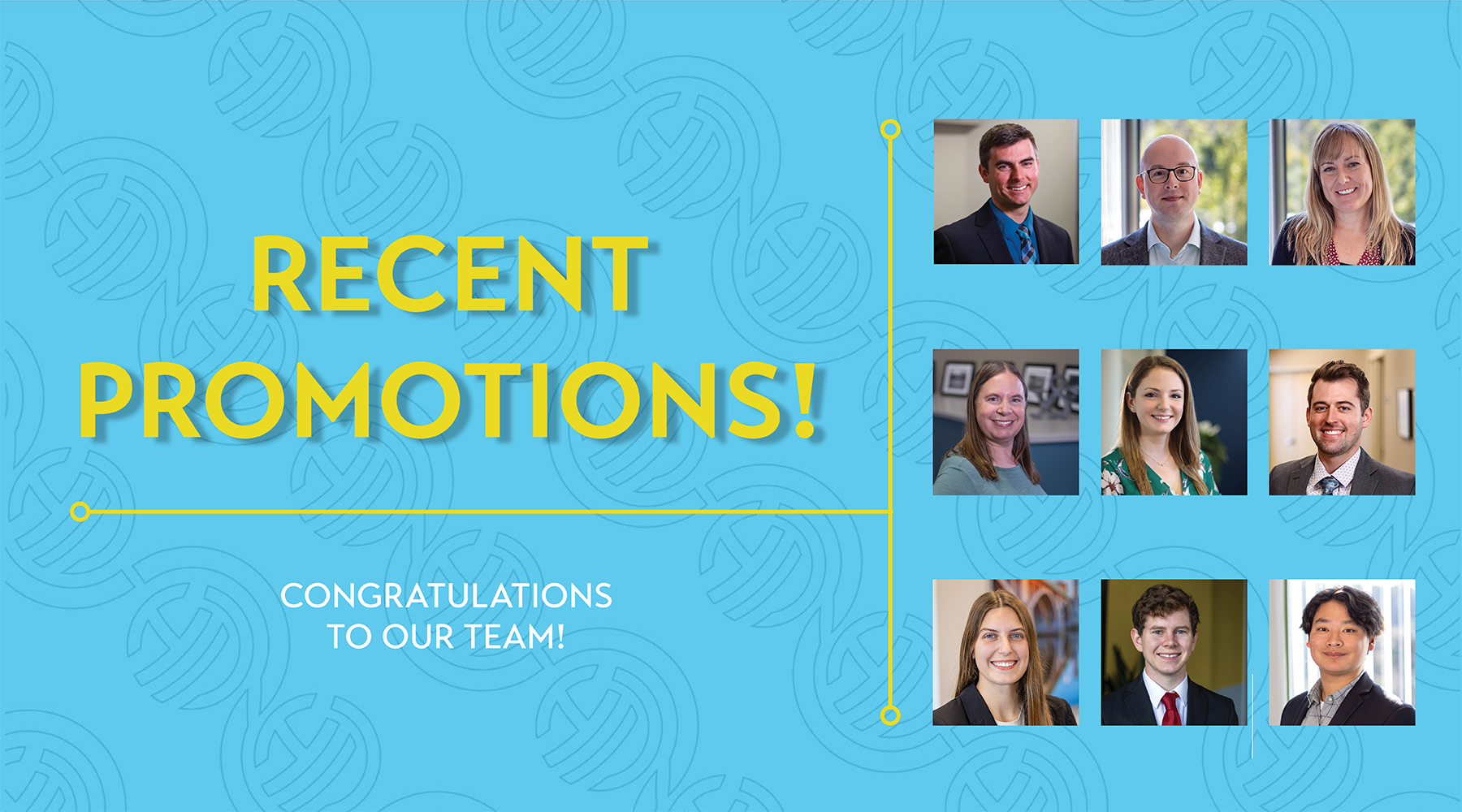Part 1: Airport Development – Location, Location, Location
The Town of Jackman, Maine, owner and operator of the Newton Field Airport, is working with Hoyle Tanner to expand the main airport runway for emergency medical aircraft. This is an important and necessary change that will allow emergency flights to supplement the regional health care offerings in this rural part of Maine.
Hoyle Tanner created multiple alternative designs for the runway expansion at the Newton Field Airport in order to avoid and minimize wetland impacts. Ultimately, as with any airport project where the runway is expanded, the location of the existing runway dictates where the site alteration has to occur, and wetlands are proposed to be impacted as part of the project.
Newton Field, like many airports built in New England before the 1970s, is surrounded by wetlands; in the 70s, wetlands were viewed more as low-cost land to be filled rather than valuable resources to be protected. Because of the location of the existing runway, and the limited areas in which runway expansion could occur, the runway expansion will require permitting for impacts to wetlands.
Part 2: Wetland Impacts – Now What?
Wetland impacts are permitted by Maine Department of Environmental Protection (DEP) and the US Army Corps of Engineers (USACE). As a condition of the permits that were issued for the project, the Town is required to provide compensatory mitigation for wetland impacts – this is often referred to as wetland mitigation.
Wetland mitigation can come in a variety of ways in the State of Maine: 1) the applicant can create wetlands in another location, either on-site or off-site; 2) the applicant can repair, restore or enhance an existing wetland that needs assistance in restringing it to complete functionality, i.e., removing invasive species or silt from an eroding bank; 3) the applicant can preserve parcels of land that contain wetlands, surface waters or vernal pools and are under threat of development, which is often done by working with a non-profit organization to place the parcels of land under a permanent conservation easement; or 4) the applicant can make a payment to the In Lieu Fee (ILF) Compensation Program, in which case those funds are used to provide grants to fund wetland conservation, creation or enhancement projects.
Hoyle Tanner’s environmental experts have a full understanding of the pros and cons of each of these types of wetland mitigation and are able to determine what is best for each of our clients and their respective projects. In this example, our work with the Town over the past several decades gave us insight into the unique land conservation opportunity that could be used for wetland mitigation.
Part 3: Land Conservation – Protecting Wetlands While Achieving Development Goals

The Town of Jackman was proactive in their approach to future airport development, wetland mitigation and conservation goals with the assistance of Hoyle Tanner’s aviation staff. With an eye towards expanding the use of the airport and understanding that any wetland impacts that result from that development would require wetland mitigation, the Town purchased a 117-acre parcel of land along the beautiful Moose River to prepare for future airport development. This parcel of land is located within a floodplain delta for the Moose River and contains a variety of natural communities and habitats, including a 34-acre, rare spruce bog wetland and associated floodplain wetlands. Hoyle Tanner’s environmental permitting team worked with the Town, DEP and USACE to come to an agreement that placing a conservation easement on this parcel of land, including both unique wetlands and the uplands surrounding them, would be an excellent wetland mitigation opportunity.
Part 4: The Connection
Hoyle Tanner’s staff continued to lead the Town through completion of the wetland mitigation process by working with all parties involved to place 57-acres of the Moose River parcel under a conservation easement to serve as compensatory mitigation for the development of a hangar, taxilane and an apron at the airport in 2010. The Forest Society of Maine (FSM) agreed to hold the easement because the parcel indirectly connects to other large conservation easements they hold in this region of Maine.

In 2021, Hoyle Tanner continued this effort to conserve the rest of that parcel, approximately 55 acres, under conservation easement with FSM so that the entire parcel, including 3,500 linear feet (or almost ¾ of a mile!) of the frontage along Moose River will be permanently protected from development.
Because of the extent of the wetland impacts for the runway expansion project, the conservation of the rest of the Moose River parcel was not enough to fully mitigate the project impacts. Hoyle Tanner led the team to identify two other parcels of land that will be placed into conservation: a 9-acre parcel of land along River Road that contains approximately 1,000 linear feet of frontage along Heald Stream, a tributary to Moose River; and, a 15-acre parcel of land on Tapley Road that also contains 1,700 linear feet of frontage along Heald Stream. Both of these parcels are owned by the Town and have frontage along a main road in Jackman, which means they could be developed in the future. By placing them under conservation easements to be held by FSM, this will allow for protection of the important floodplains and riparian buffers within the watershed of this stream. Hoyle Tanner coordinated the acceptance of these additional parcels of land conservation with DEP and USACE to successfully meet the permit conditions and fully mitigate the wetland impacts from the project.

In summary, because of the work that Hoyle Tanner completed with the Town of Jackman, the Forest Society of Maine, Maine DEP and USACE, this project:
- Provided runway length allowing for much needed medical services to a rural area of Maine;
- Avoided and minimized impacts to wetlands; and
- Placed over 141 acres of land into permanent protection via conservation easement
Hoyle Tanner is pleased to partner with state, federal and local agencies and conservation organizations. Our environmental permitting experts are confident in determining land conservation opportunities for wetland mitigation at airports, among our other areas of expertise. Please contact me if you have questions about environmental permitting at your airport or municipality!










